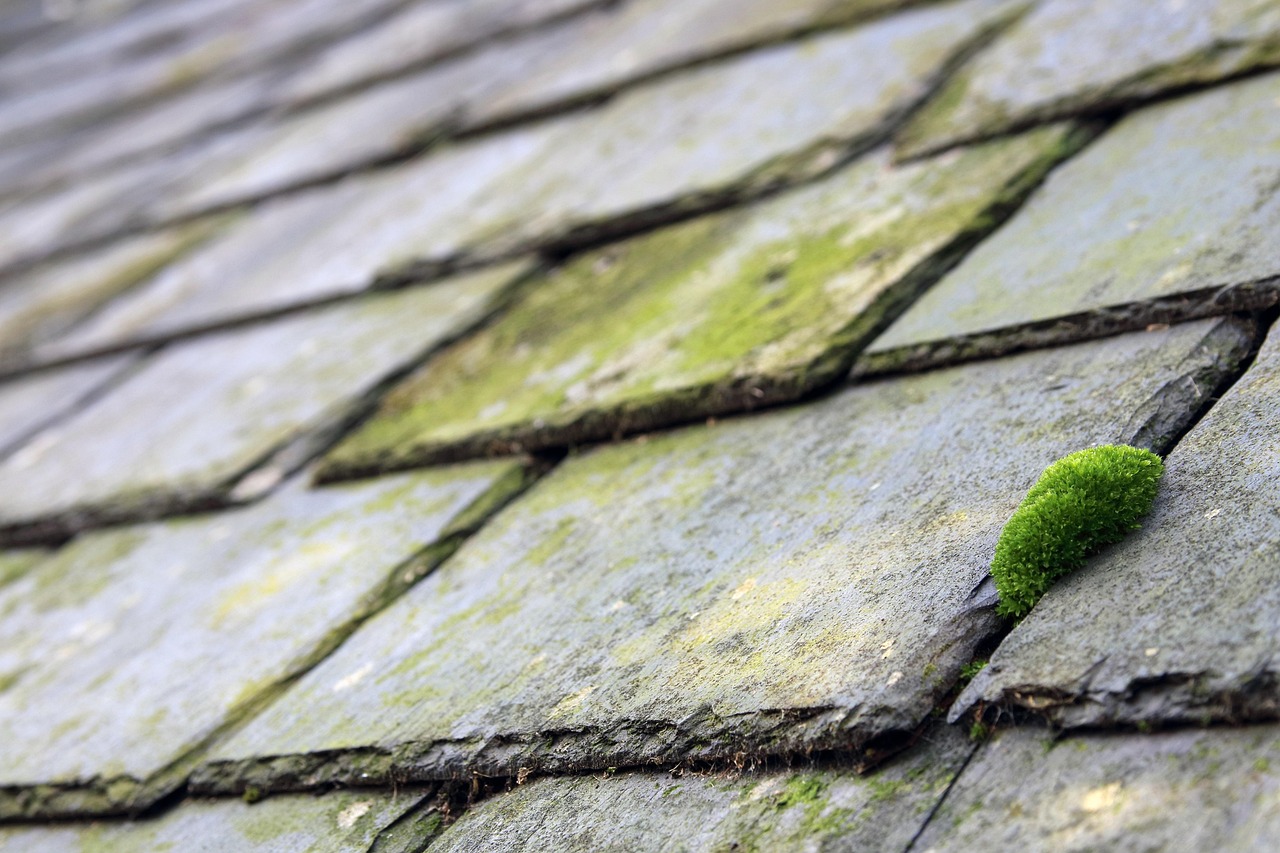Introduction
In an age where personal privacy is increasingly valued, more homeowners are turning to natural solutions to create secluded spaces around their homes. Planting a Privacy Hedge for Your Home Privacy hedges offer a beautiful, environmentally friendly way to block unwanted views, reduce noise, and even provide a sanctuary for local wildlife.
Unlike fences or walls, privacy hedges blend into the landscape, adding to the aesthetic appeal of your property while serving as a living barrier. This guide will walk you through everything you need to know about planting a privacy hedge for your home, from selecting the right plants to maintaining your hedge for years to come.

Why Choose a Privacy Hedge?
Privacy hedges offer several benefits that make them an attractive choice for homeowners:
- Aesthetic Appeal: Hedges can be tailored to complement the architectural style of your home. Whether you prefer a formal, manicured look or a more natural, wild appearance, there’s a hedge variety that can meet your needs.
- Environmental Benefits: Unlike fences, which can contribute to deforestation and require non-renewable materials, privacy hedges are environmentally friendly. They can help reduce your carbon footprint, provide a habitat for birds and insects, and even improve air quality.
- Noise Reduction: A dense hedge can act as a sound barrier, reducing noise pollution from nearby roads, neighbors, or other sources.
- Increased Property Value: A well-maintained hedge can enhance the curb appeal of your home, potentially increasing its market value.
- Security: Some hedge plants, like holly or hawthorn, have thorny branches that can deter intruders.
Selecting the Right Plants
Choosing the right plants for your privacy hedge is crucial to its success. Several factors should be considered, including your climate, soil type, the amount of sunlight the area receives, and your maintenance preferences.
Climate Considerations
Different plants thrive in different climates. For example, boxwood is popular in temperate regions, while evergreen plants like cypress or arborvitae are ideal for colder climates. If you live in a warm, dry area, drought-tolerant plants like oleander or lavender may be more suitable.

Soil Type
Understanding your soil type is essential when selecting plants. Some plants prefer acidic soils, while others thrive in alkaline conditions. Conduct a soil test to determine the pH and texture of your soil before choosing your plants. You may need to amend your soil with compost or other organic materials to create optimal growing conditions.
Sunlight Requirements
Most hedge plants require full sun to partial shade, but some varieties, like yew, can tolerate deep shade. Ensure you choose a plant that matches the sunlight conditions of your site.
Maintenance Preferences
Consider how much time and effort you’re willing to invest in maintaining your hedge. Some plants, like privet, require frequent trimming to keep them in shape, while others, like laurel, are low-maintenance and grow slowly.
Popular Privacy Hedge Plants
Here’s a list of popular plants commonly used for privacy hedges, along with their characteristics:
- Boxwood (Buxus spp.): Boxwood is a classic choice for formal hedges. It’s evergreen, easy to shape, and grows well in temperate climates. Boxwood hedges require regular trimming to maintain their shape.
- Arborvitae (Thuja spp.): Arborvitae is an evergreen plant that grows quickly and provides dense coverage. It’s ideal for colder climates and requires minimal maintenance once established.
- Privet (Ligustrum spp.): Privet is a fast-growing plant that can be shaped into a formal hedge or allowed to grow naturally. It’s hardy and can tolerate a range of soil types and conditions, but it does require regular pruning.
- Holly (Ilex spp.): Holly is an excellent choice if you’re looking for a hedge that doubles as a security barrier. Its spiny leaves can deter intruders, and it produces bright red berries in the winter, adding seasonal interest to your garden.
- Laurel (Prunus spp.): Laurel is a fast-growing, evergreen shrub that can be used to create a dense, tall hedge. It’s low-maintenance and can tolerate a range of conditions, including shade.
- Cypress (Cupressus spp.): Cypress trees are tall, slender evergreens that grow quickly and provide excellent privacy. They’re well-suited to Mediterranean climates but can also thrive in other regions.
- Bamboo: Bamboo is a fast-growing plant that can create a tall, dense screen in a short amount of time. It’s ideal for modern or Asian-inspired landscapes but can be invasive, so it’s essential to choose a clumping variety and install a root barrier.

Planning and Designing Your Hedge
Proper planning and design are crucial to the success of your privacy hedge. Start by determining the exact location of your hedge, considering factors like property boundaries, existing landscaping, and the desired height and width of the hedge.
Measuring and Marking the Area
Use a tape measure to determine the length of the area where you want to plant your hedge. Mark the boundaries with stakes and string to create a straight line. If you’re planting a curved hedge, use a garden hose to outline the curve.
Spacing Your Plants
The spacing between plants will depend on the type of plant you’ve chosen and how quickly you want your hedge to fill in. For example, fast-growing plants like privet or laurel can be spaced closer together (about 2-3 feet apart), while slower-growing plants like boxwood may need more space (3-5 feet apart).
Considering Height and Width
Decide how tall and wide you want your hedge to be. Taller hedges provide more privacy but may require more maintenance. Consider whether you want a formal hedge with a uniform height or a more natural, informal look with varying heights.
Planting Your Hedge
Once you’ve chosen your plants and planned the layout, it’s time to plant your hedge. Here’s a step-by-step guide to help you get started:
Preparing the Soil
Begin by preparing the soil along the planting line. Remove any weeds, rocks, or debris from the area. If necessary, amend the soil with compost or other organic materials to improve its fertility and drainage.
Digging the Holes
Dig holes for each plant, making sure they’re deep and wide enough to accommodate the root ball. The holes should be spaced according to the guidelines for your chosen plant species. A good rule of thumb is to dig the hole twice as wide as the root ball and just as deep.
Planting the Shrubs
Place each plant in its hole, ensuring that the top of the root ball is level with the surrounding soil. Backfill the hole with soil, gently tamping it down to remove any air pockets. Water each plant thoroughly after planting to help settle the soil and establish the roots.
Mulching
Apply a layer of mulch around the base of each plant to help retain moisture, suppress weeds, and regulate soil temperature. Mulch should be spread in a 2-3 inch layer, but make sure to keep it away from the stems of the plants to prevent rot.
Maintaining Your Privacy Hedge
Once your hedge is planted, it will require regular maintenance to keep it healthy and looking its best. The amount of maintenance needed will depend on the type of plants you’ve chosen and the look you want to achieve.
Watering
Newly planted hedges need regular watering to establish their roots. Water deeply and consistently, especially during dry periods. Once established, most hedge plants are relatively drought-tolerant, but they will benefit from occasional deep watering during prolonged dry spells.
Fertilizing
Feed your hedge with a balanced fertilizer in the spring and fall to promote healthy growth. Be careful not to over-fertilize, as this can lead to excessive growth that requires more frequent pruning.
Pruning and Trimming
Regular pruning is essential to maintain the shape and size of your hedge. For formal hedges, trim them at least twice a year, in late spring and early fall. Informal hedges may only need occasional trimming to remove dead or diseased branches. Use sharp pruning shears or a hedge trimmer to achieve clean cuts.
Pest and Disease Control
Keep an eye out for pests and diseases that can affect your hedge. Common problems include aphids, scale insects, and fungal diseases like powdery mildew. If you notice any signs of trouble, treat your hedge with appropriate organic or chemical controls.
Troubleshooting Common Hedge Problems
Even with the best care, you may encounter some common problems with your privacy hedge. Here are a few issues you might face and how to address them:
Gaps in the Hedge
If your hedge develops gaps, it could be due to poor planting practices, uneven growth, or damage from pests or disease. To fill in the gaps, prune the surrounding plants to encourage lateral growth, or consider planting additional shrubs to fill the space.

Leggy Growth
Leggy growth, where plants become tall and spindly with bare lower branches, is often caused by insufficient sunlight or improper pruning. To prevent this, ensure your hedge receives enough light and prune regularly to encourage bushy growth.
Browning or Yellowing Leaves
Browning or yellowing leaves can indicate several issues, including overwatering, underwatering, nutrient deficiencies, or disease. Check your watering practices, adjust fertilization as needed, and inspect for signs of disease.
Enhancing Your Hedge with Companion Plants
To add visual interest and diversity to your privacy hedge, consider planting companion plants along its base or between the shrubs. Companion plants can provide additional color, texture, and seasonal interest while also benefiting the health of your hedge.
Flowering Plants
Flowering plants like hydrangeas, lavender, or roses can add bursts of color to your hedge. Choose plants that
FAQs
The growth rate of your hedge depends on the type of plants you choose. Fast-growing varieties like privet or cypress can reach their full height in as little as 3-5 years, while slower-growing plants like boxwood may take 10-15 years to mature.
2. Can I plant a privacy hedge in a small yard?
Yes, you can plant a privacy hedge in a small yard by choosing compact or narrow-growing varieties. Consider plants like dwarf boxwood or slender cypress that won’t take up too much space but still provide privacy.
3. What is the best time of year to plant a privacy hedge?
The best time to plant a privacy hedge is in the early spring or fall when the weather is cooler and there is more moisture in the soil. Avoid planting during the heat of summer or the cold of winter, as extreme temperatures can stress the plants.
4. How much does it cost to plant a privacy hedge?
The cost of planting a privacy hedge varies based on factors like plant type, size, and the length of the hedge. On average, it can cost between $5 to $30 per linear foot for the plants alone, with additional costs for soil preparation, mulch, and maintenance.
5. Do I need to prune my hedge regularly?
Yes, regular pruning is important to maintain the shape and density of your hedge. The frequency of pruning depends on the type of plant and your desired hedge appearance. Formal hedges require more frequent trimming, while informal hedges may need less maintenance.
6. Can a hedge provide soundproofing?
While a hedge won’t completely soundproof your yard, it can significantly reduce noise levels, especially if it’s dense and tall. Evergreen plants with dense foliage, like arborvitae or laurel, are particularly effective at blocking noise.
7. Will a privacy hedge attract pests?
Privacy hedges can attract beneficial insects, birds, and other wildlife, but they may also attract pests. Regular monitoring and maintenance, including proper watering and pruning, can help prevent pest infestations.
8. Can I mix different plant species in one hedge?
Yes, mixing different plant species in a hedge can add visual interest and create a more resilient hedge. Just ensure that the plants you choose have similar growth rates, sunlight, and water requirements.
9. What should I do if my hedge develops gaps?
If your hedge develops gaps, prune surrounding plants to encourage lateral growth, and consider planting additional shrubs to fill in the spaces. Addressing the underlying cause, such as poor soil conditions or pest damage, is also important.
10. How do I prevent my hedge from becoming overgrown?
Prevent overgrowth by choosing the right plants for your space and regularly pruning your hedge. Fast-growing plants may need more frequent trimming to maintain their size, while slower-growing plants require less maintenance.
Pros and Cons of Planting a Privacy Hedge
Pros
- Natural Aesthetic Appeal: Privacy hedges offer a green, living alternative to fences or walls, blending seamlessly with your landscape and enhancing the overall beauty of your property.
- Environmental Benefits: Hedges improve air quality, provide habitats for wildlife, and contribute to a healthier ecosystem. They are also sustainable and renewable, unlike manufactured barriers.
- Noise Reduction: A dense, well-maintained hedge can significantly reduce noise pollution from nearby roads, neighbors, or other sources, creating a more peaceful environment in your yard.
- Increased Property Value: A well-maintained privacy hedge can increase the curb appeal and value of your home, making it a smart investment for homeowners.
- Security: Certain hedge plants, such as holly or hawthorn, have thorny branches that can act as a natural deterrent to intruders, enhancing your home’s security.
- Customization: Hedges can be shaped and styled to match your preferences, whether you want a formal, manicured look or a more natural, informal appearance.
- Versatility: Hedges can be used for various purposes, including defining property boundaries, creating garden rooms, or screening unsightly views.
Cons
- Time to Establish: Unlike fences or walls, which provide immediate privacy, hedges take time to grow and fill in. Depending on the plant species, it can take several years to achieve full privacy.
- Maintenance Requirements: Hedges require regular maintenance, including pruning, watering, and fertilizing, to keep them healthy and attractive. This can be time-consuming and labor-intensive.
- Potential for Disease and Pests: Hedges are susceptible to diseases and pests, which can damage or kill plants if not properly managed. Regular monitoring and treatment may be necessary.
- Space Considerations: Hedges require sufficient space to grow, both horizontally and vertically. In small yards, they can take up valuable space and may require careful planning to avoid crowding.
- Invasiveness: Some hedge plants, like bamboo or certain types of privet, can be invasive and spread beyond their intended area if not properly contained.
- Seasonal Changes: Deciduous hedges lose their leaves in the winter, which can reduce privacy during the colder months. Evergreen options are available but may not be suitable for all climates.
- Initial Costs: The cost of purchasing plants, soil amendments, and other materials can be significant, especially for long or tall hedges. Additionally, professional installation may be required for large projects.
Conclusion
Planting a privacy hedge is a long-term investment in your home’s beauty, privacy, and security. While there are challenges to consider, such as the time required for growth and ongoing maintenance, the benefits of a well-designed and maintained hedge far outweigh the drawbacks. By carefully selecting the right plants, planning your hedge’s layout, and committing to regular care, you can enjoy a lush, green barrier that enhances your property for years to come. Whether you’re looking to create a serene backyard retreat or simply keep prying eyes at bay, a privacy hedge is a natural, effective solution that brings both form and function to your outdoor space.














